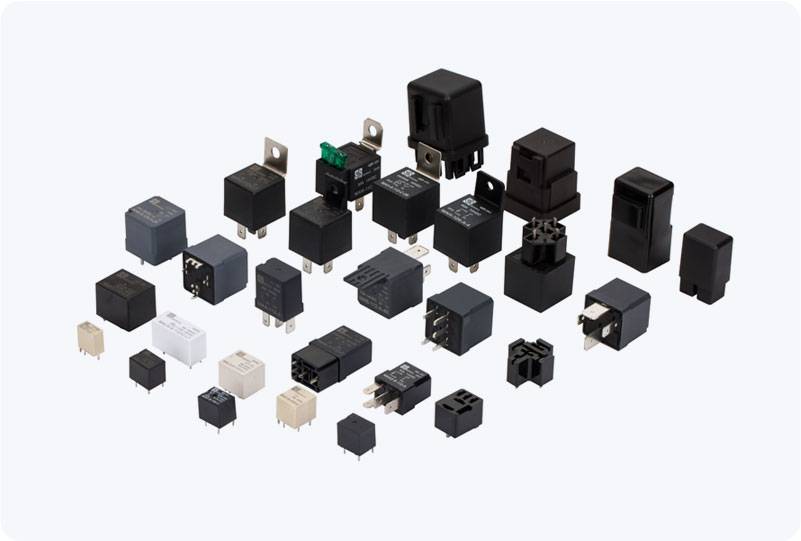Insulation monitoring is a critical component in maintaining the safety and efficiency of electrical systems, particularly in environments where electrical equipment is exposed to potential hazards. Among the essential tools for achieving proper insulation monitoring is the Insulation Monitoring Relay (IMR). This article explores the function, importance, and application of insulation monitoring relays in industrial and commercial electrical systems.

What is an Insulation Monitoring Relay? An Insulation Monitoring Relay (IMR) is a device designed to continuously monitor the insulation resistance of electrical installations. Its primary function is to detect any degradation in insulation, which could potentially lead to electrical faults such as short circuits or leakage currents. This relay is crucial in environments where the reliability and safety of electrical systems are paramount, such as in industrial plants, healthcare facilities, and commercial buildings. The IMR typically works by measuring the resistance between live parts and earth (ground). If this resistance drops below a pre-set threshold, it indicates a potential failure in the insulation, which could cause electrical shocks or fires. When such a condition is detected, the relay will trigger an alarm or shut down the system to prevent further damage.